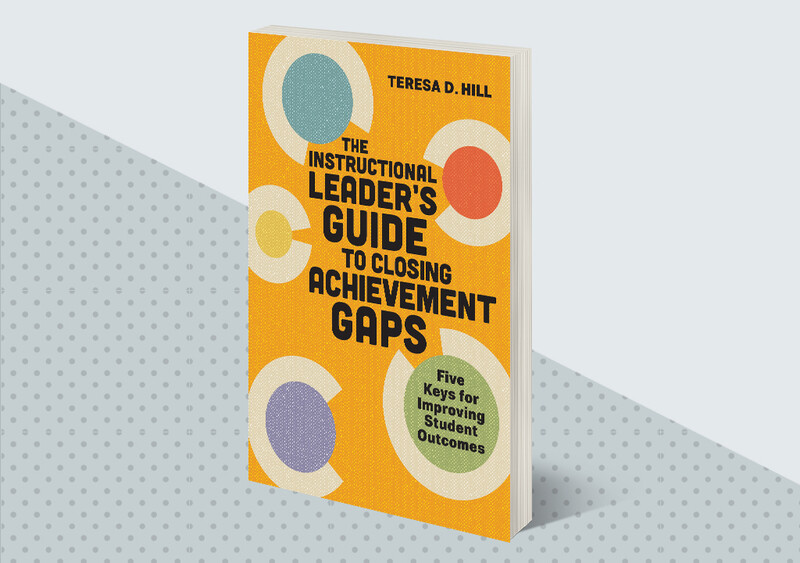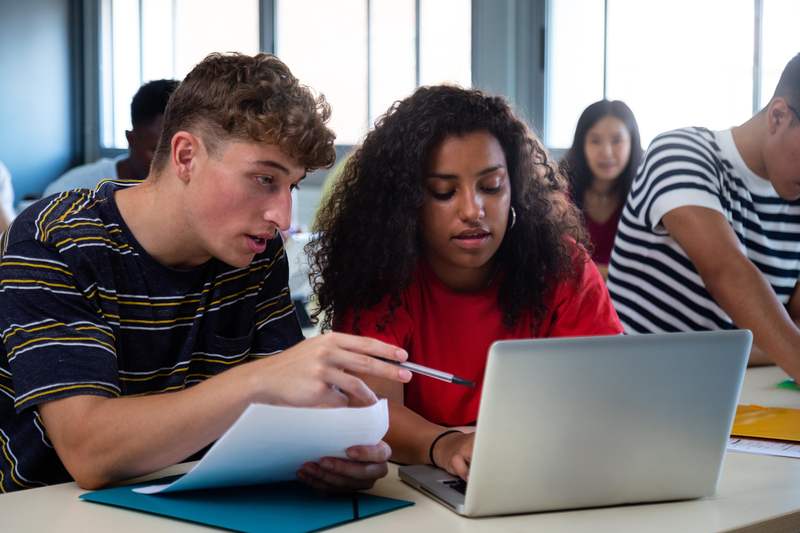First impressions are lasting impressions, but they are often inaccurate—especially when it comes to our students. Every year, children meet new teachers and classmates who rapidly form perceptions about them. Teachers sometimes make immediate judgments around: Are children quiet and shy? Are they boisterous and energetic? How do they interact with others? But the one that has the greatest impact on the instruction children receive is: Do they have high, average, or low ability?
Unfortunately, people are notoriously bad at determining ability and predicting potential because our judgments are influenced by our experiences. When we predict or assume a student’s ability based on limited interactions with them, we tend to underestimate or overestimate their potential. Like first impressions, assumptions about student ability are difficult to overcome.
When educators make instructional decisions based on their beliefs and perceptions about a student or group’s level of intelligence or ability, perceived-ability bias is at play. Educators tend to act on perceptions about ability because we often view measuring ability, intelligence, and potential as a valid part of our roles. We are often asked to provide input and plan curriculum and instruction based on students’ perceived strengths and needs. Our judgments influence multi-tiered intervention systems of support and gifted programs, as well as practices such as tracking, ability grouping, and remediation. Once educators have begun making judgments about students’ perceived abilities, it can create a cycle of potentially harmful categorizations.
Identifying Biased Perceptions
Educators make biased assumptions about students’ perceived ability based on students’ group memberships and identities, such as race/ethnicity, social class, native language, or dialect. We can also make assumptions based on a child’s individual characteristics, such as hair color, physical features, interests, and personality traits. For example, educators may subconsciously expect children who are smaller in stature to be immature, boys to be hyperactive, or kids interested in STEM to be more intelligent.
Like first impressions, assumptions about student ability are difficult to overcome.
Our society typically associates cognitive ability with unrelated qualities such as attractiveness, above-average height, and extroversion (Batres & Shiramizu, 2023). In schools, we also associate cognitive ability with test scores, performance in previous grades, or other measures of previous performance. It is common to make assumptions about a group’s level of ability based on historical trends on standardized tests.
Even when educators discuss eliminating bias in schools, we seldom address the issue of biased perceptions of student ability. Teachers and others sometimes openly label individual children or whole classes as “bright” or “high” (i.e., intelligent), or “struggling” or “low” (i.e., unintelligent) and then make decisions based on those labels. This is particularly problematic for students who are perceived to have low ability, because this assumption negatively impacts the instruction they receive.
When perceived-ability bias is directly linked to racial, ethnic, or cultural identity, we may address it during discussions of diversity, equity, and inclusion. However, perceived-ability bias may sometimes be based less in racism, classism, or discrimination and more rooted in educators’ individual experiences, and the historical performance and achievement of similar students. As a result, educators may not view perceived-ability bias as a problem, even though it disproportionately impacts students of color and other underserved groups.
Perceptions Matter
When looking at student achievement, educators can focus too much on data (low scores on accountability tests) and anecdotes (stories of previous failures) that communicate weakness. This tendency can put unfair labels on students who are perceived to have low ability and prevent them from having opportunities that could help them grow as learners.
Educators’ perceptions of children’s ability and potential shape our curricular decisions, instructional practices, pedagogy, and expectations. For example, a student perceived to have low ability who receives unexpectedly high test scores may not be considered for the “high” or gifted group because teachers worry that they will get overwhelmed or frustrated. A student who struggles with reading may be treated as though they struggle in every subject because their struggles with reading are assumed to be caused by low ability.
When educators believe a student or group of students has low ability, they may consciously or unconsciously:
Design lessons and use instructional practices that are less effective.
Expose the students to fewer high-quality learning tasks.
Ask more low-level and fewer open-ended questions.
Provide less wait-time and accountability for participation.
Expect and accept lower quality answers and work.
Shift the curriculum to focus on below-grade-level skills.
Conversely, when educators believe their students have high ability, they are more likely to:
Provide encouragement and reteaching when students struggle.
Set high expectations for student performance.
Alter instructional practices when students are not successful.
Provide open-ended activities and projects.
Design lessons to maximize engagement and critical thinking.
These instructional decisions contribute to achievement gaps and produce a self-fulfilling prophecy in which students with higher perceived ability receive more effective and rigorous instruction, resulting in larger achievement gaps.
Err Toward High Expectations
As educators and leaders, we must not overestimate our ability to judge a child’s intelligence or potential. Our best assessments and school-based ability measures are limited, and children’s abilities are not static. A child who struggles in 1st grade may excel in 5th. A teen who struggled with reading in elementary school may become an outstanding writer in high school. Educators and leaders should continually question their assumptions about students’ ability levels and take measures to ground instructional decisions in student strengths.
Educators and leaders should continually question their assumptions about students’ ability levels and take measures to ground instructional decisions in student strengths.
It is important not to limit the curricula we provide based on our perceptions of students’ ability. Schools should select curricula based on what educators want students to know, experience, and be able to do at each grade level.
To build on all students’ abilities without bias, educators must:
Err toward higher expectations. Set goals and expectations for individual students and groups based on their best performances and areas of strength. It is better to overestimate a child’s ability than to underestimate it.
Select instructional strategies and pedagogical approaches assuming high ability as the default. Consider how you would design a lesson or activity if every child had high ability. Design the lesson accordingly, then add support and scaffolds as needed to support students with skill gaps.
Include intelligence-building and intelligence-revealing experiences and strategies in curriculum at all levels for all children. Consider what experiences, lessons, and strategies would help them reach their highest potential. Ensure that all children have those experiences regardless of their background, previous performance, or perceived ability.
Educators have the power to help children reach untold potential. By confronting our assumptions about our students’ ability and intelligence, we can shape our curricula, instructional practices, and decisions to bring out the best in every child.
The Instructional Leader's Guide to Closing Achievement Gaps
All the tools that educators need to improve student outcomes and close achievement gaps.










